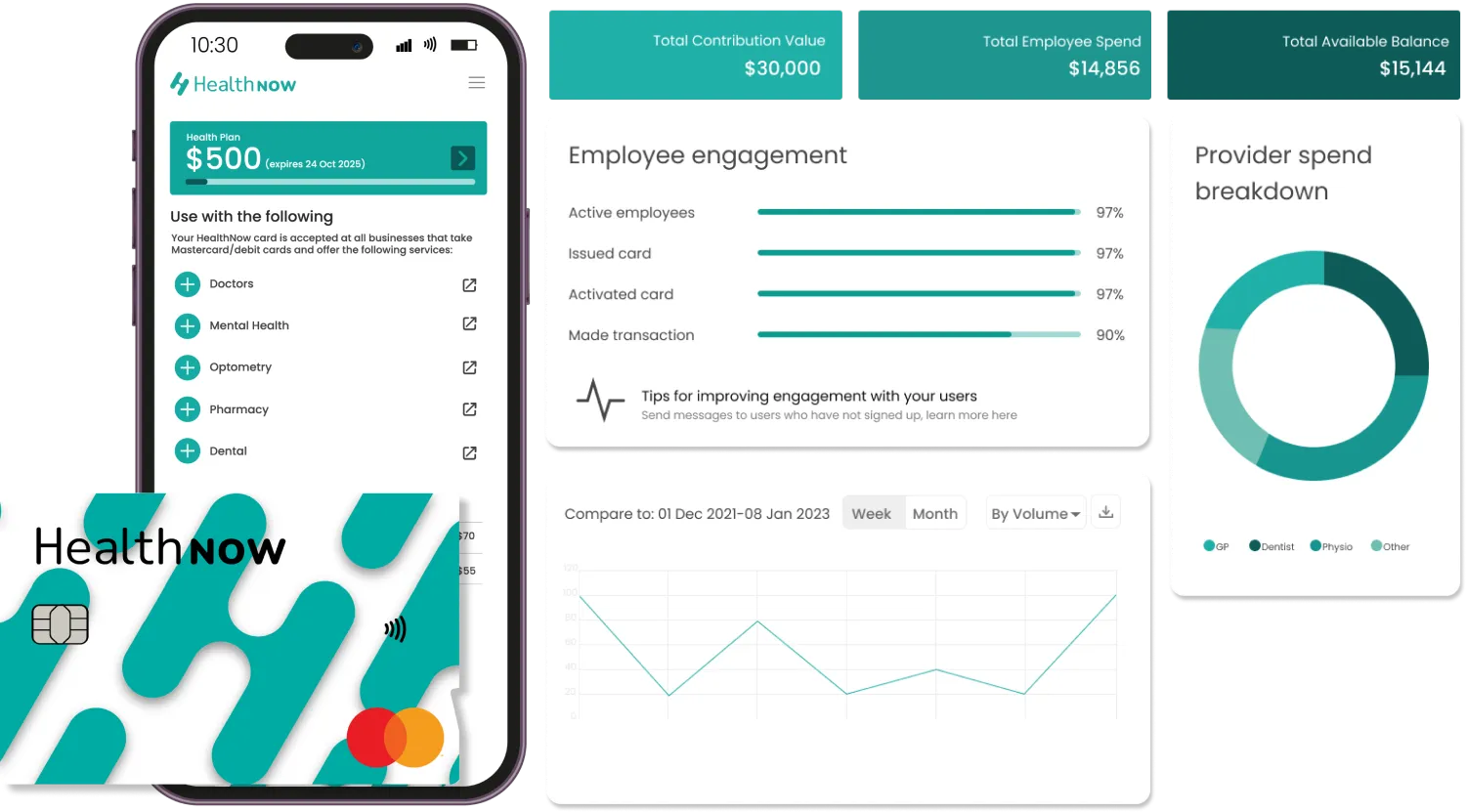Osteoporosis – it’s only something I have to worry about when I’m very old, if ever, right? There are a lot of misconceptions when it comes to osteoporosis, with the humbling reality being that it’s a global health epidemic, as stated by the World Health Organization (WHO). Currently, more than 200 million people worldwide suffer from this form of clinical bone loss, with women being more susceptible than men. Interestingly, osteoporosis is now second only to cardiovascular disease as a global healthcare problem, as fragility fractures increase the risk of premature death by 50%.
Simply put, osteoporosis is a very serious issue, and it greatly needs us to take proactive steps to prevent it, identify it, and manage it as needed, both in ourselves and our loved ones.
Osteoporosis: The Silent Disease
Osteoporosis is referred to as “the silent disease” because it tends to slowly but gradually progress without any notable symptoms or warning signs. Most people are unaware of their vulnerability to the disease until they experience a fracture or discover it during medical imaging or a DEXA scan. As a result, many people are placing bone health at the top of their priority list by understanding their risk factors and proactively caring for their bone health.
Osteoporosis occurs when bones lose significant mineral density (below a clinical criteria level), making them weaker and more vulnerable to fractures. Pre-osteoporosis, also known as osteopenia, is a condition where bone mineral density is lower than normal, but not yet low enough to diagnose with osteoporosis. It serves as a warning sign that osteoporosis is close if daily activities and bone health care are not improved.
What Causes Osteoporosis?
Osteoporosis comes in two types, primary and secondary. Primary osteoporosis occurs in postmenopausal women and older women and men. Secondary osteoporosis occurs due to diseases, treatments, or idiopathic processes at any age. For example, endocrine and systemic diseases are examples of secondary osteoporosis.
The loss of bone mineral density occurs because the body continuously breaks down and renews bone cells. When the rate of renewal equals the rate of breakdown, the bone maintains its current density. When renewal happens faster, such as in younger years, more bone is built. When more bone is lost than renewed, bone mineral density decreases.
Having thin and fragile bones increases the risk of fractures, both traumatic fractures and those sustained from regular daily activities. A previous fracture increases the risk of subsequent fractures and is linked to a lower quality of life, impaired physical function, and increased pain. That is why it is essential to proactively care for bone health and prevent osteoporosis from an early age.
Osteoporosis Risk Factors
There are two categories of osteoporosis risk factors: modifiable and non-modifiable. Modifiable risk factors, such as physical inactivity, calcium deficiency, long-term steroid use, smoking, hypogonadism, inadequate vitamin D intake, high alcohol intake, poor nutrition, and stress, can be addressed to improve bone health.
Non-modifiable risk factors, such as gender (female), menopause or hysterectomy, age, race, genetic characteristics, taking certain medications, and the presence of other diseases, cannot be controlled.
How Is Osteoporosis Treated Or Managed?
There are evidence-based ways to prevent osteoporosis or improve bone health, such as regular exercise, eating a balanced diet rich in calcium and vitamin D, avoiding smoking and excessive alcohol intake, maintaining a healthy weight, taking supplements as prescribed, and fall prevention strategies. Medications can also play an important role, as well as physical therapy – and even devices (like vibration devices) and other treatments prescribed by a health professional.
How Do I Find Out If I Have Osteoporosis?
In order to find out if you have osteoporosis, or osteopenia (pre-osteoporosis) which is also very beneficial to know, a bone density scan should be performed after speaking to your doctor and having them assess you. Bone density scans are a painless and noninvasive test that measures the amount of calcium and other minerals in your bones. Your healthcare provider will pair the results of your scan with your medical history and any risk factors you may have for osteoporosis, such as age, gender, family history, menopause, smoking, and certain medical conditions or medications. Based on this, they will be able to determine whether you have osteoporosis or are at risk of developing it.
Diagnosing Or Managing Osteoporosis Without The Upfront Cost
While understanding the importance of early osteoporosis detection and management is one thing, making the appointment to have it sorted and then paying for bone density scanning and further evaluation can be challenging for many people and families due to the upfront cost of several appointments. This is where HealthNow is enabling people to get the care and assessment they need at just a fraction of the upfront cost.
HealthNow is the world’s first Buy Now Pay Later (BNPL) platform that is entirely dedicated to making healthcare accessible and affordable, meeting higher regulatory compliance to ensure it operates with social responsibility. It also has greater user benefits – like remaining completely free for you to use as a health consumer with no fees, sign-up costs or any hidden expenses.
Simply book your doctor’s appointment with a HealthNow-affiliated clinic, and when it comes to paying for your appointment, use the app on your smartphone to decide how many weeks you’d like to spread the cost over, up to twelve weeks. Your health provider will get paid in full on the day of your visit, while you only pay a small upfront cost. You can also use HealthNow to purchase any medicines or supplements from the pharmacy, and more.
HealthNow also has a specifically-designed health wallet to help you save money safely to cover the costs of any medical or health-related appointments, services and products for any member of your family. This is a fantastic option for those wanting to best prepare for future unexpected health events. You choose the amount and frequency that you’d like to contribute – and others can also contribute to your health wallet, from family members who want to help you look after your health, to employers as part of employee wellness programs. Once the money is in your wallet, it’s yours in full to spend any time on any health-related cost with HealthNow. It can also be used for your family members or loved ones.
Get Started With HealthNow Today
Getting started with HealthNow is free and easy. Download the app and follow the instructions to set up your account. You can also check out HealthNow’s full benefits and features, and see how it can help ease some of the financial stress off your bone health journey.






